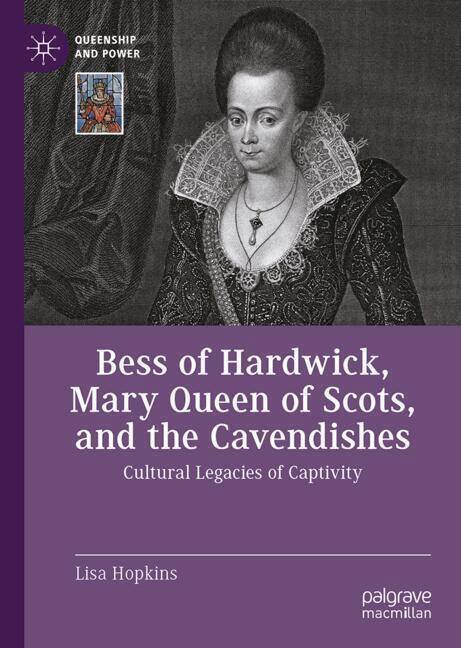
- Afhalen na 1 uur in een winkel met voorraad
- Gratis thuislevering in België vanaf € 30
- Ruim aanbod met 7 miljoen producten
- Afhalen na 1 uur in een winkel met voorraad
- Gratis thuislevering in België vanaf € 30
- Ruim aanbod met 7 miljoen producten
Bess of Hardwick, Mary Queen of Scots, and the Cavendishes
Cultural Legacies of Captivity
Lisa HopkinsOmschrijving
This book examines the cultural legacies of the fifteen years that Mary Queen of Scots spent as a prisoner in the household of Bess of Hardwick and her fourth husband, the Earl of Shrewsbury. It proposes four main areas of influence: first, that although Mary never visited Hardwick New Hall, the experience of keeping Mary captive affected the way that Bess conceived and furnished the house; second, that Mary's insistence on having copious meals ceremonially served to her can be traced in the recipe and remedy books of two of Bess's granddaughters; third, that Mary's status as royal prisoner is echoed in the life of a third granddaughter, Lady Arbella Stuart; and fourth, that the necessity of defending Cavendish-Talbot residences from attack informed the way that Bess's son Charles Cavendish built Bolsover Castle and coloured the way that two of Bess's great-granddaughters described their experiences during the English Civil War in a jointly authored play.
Specificaties
Betrokkenen
- Auteur(s):
- Uitgeverij:
Inhoud
- Aantal bladzijden:
- 178
- Taal:
- Engels
- Reeks:
Eigenschappen
- Productcode (EAN):
- 9783031893551
- Verschijningsdatum:
- 17/06/2025
- Uitvoering:
- Hardcover
- Formaat:
- Genaaid
- Afmetingen:
- 148 mm x 210 mm

Alleen bij Standaard Boekhandel
Beoordelingen
We publiceren alleen reviews die voldoen aan de voorwaarden voor reviews. Bekijk onze voorwaarden voor reviews.











